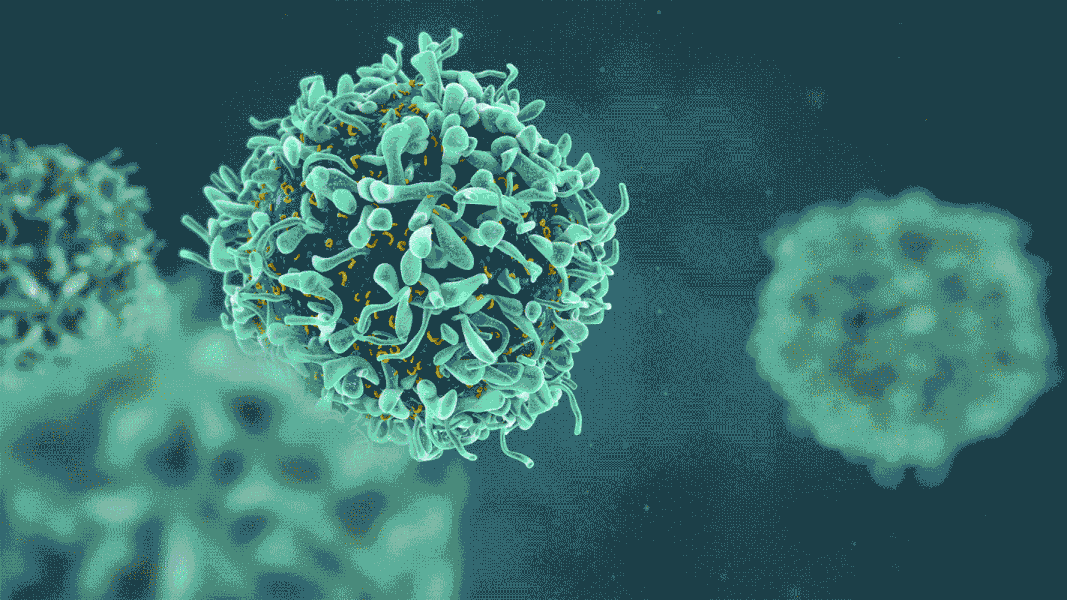
You may think they’re only a problem in poor or developing countries, but parasites affect millions of people all over the world every year. There are three classes of parasites: Protozoa, which are tiny, one-celled organisms that typically live in the intestines, blood, or tissue; helminths, which are parasitic worms such as tapeworms, roundworms, and thorny-headed worms; and ectoparasites, which are ticks, fleas, lice, and mites that attach to or burrow into the skin. Parasites can cause disease and even death, but fortunately, if caught early, the infections and usually are treated with The NuCell Program.
UNSTABLE CELL MEMBRANES
Rather than poisoning human cells, as has been previously thought, some parasites appear to nip at the cellular membrane, as a goldfish might nip at another goldfish. Eventually, they consume enough of the membrane—the cell’s casing—that the membrane becomes unstable and the cell dies. The parasite then detaches itself from its dinner and moves on to another, still-living meal.
BOTTOM LINE: PARASITES ARE EVERYWHERE.
THE NUCELL PROGRAM AUTOMATICALLY TAKES CARE OF
PARASITIC ENTITIES AND MICROORGANISMS WITHIN THE BODY.


